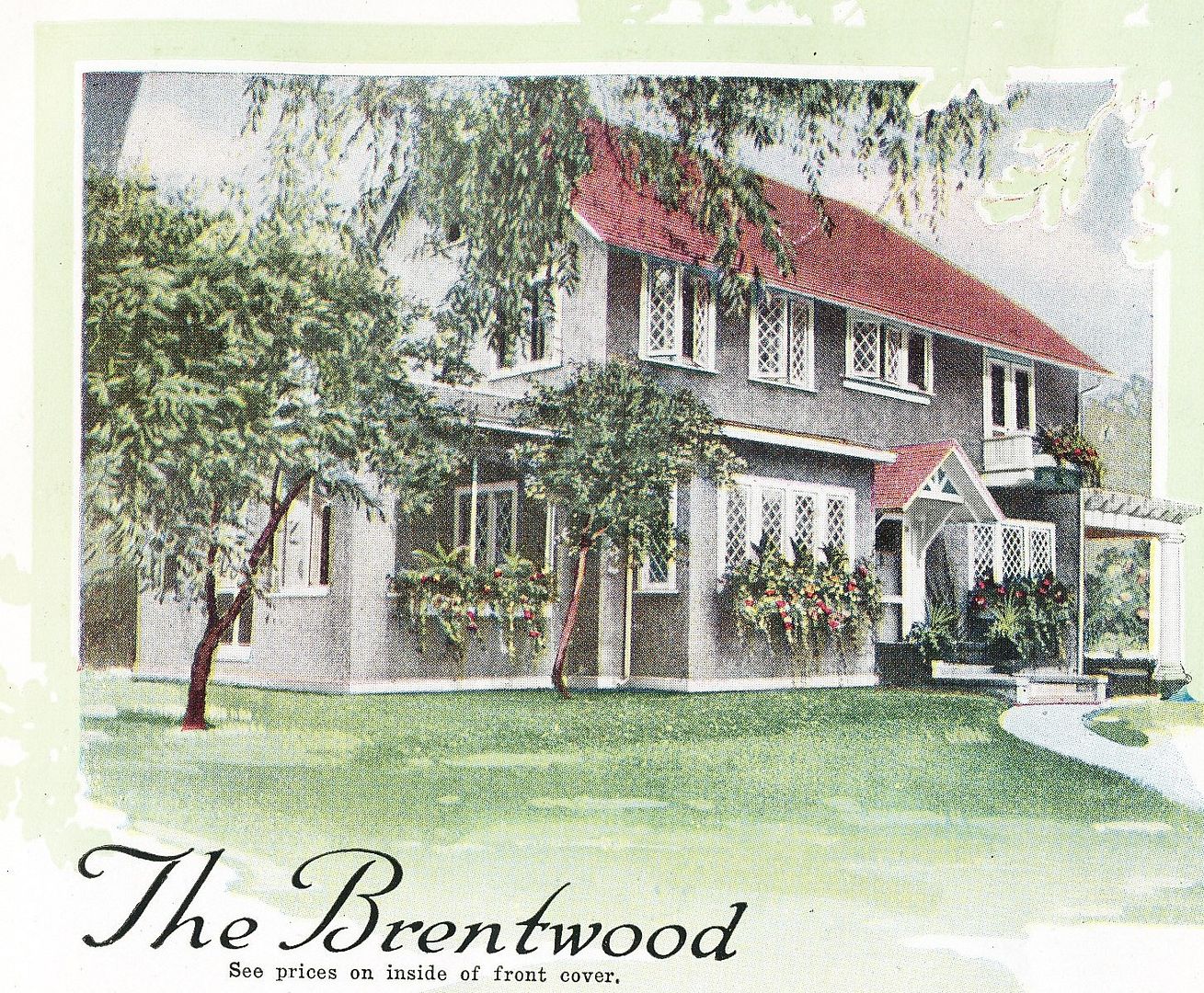Like some others in the 60s and 70s, I had a dream of building a DIY home to be mortgage-free, starting off with a small cabin-like core, and I thought I'd found a way to do that without learning all there is to know about construction from foundation to chimney when I came across a start-up called Shelter Kit from New Hampshire. Founded in 1970, it looks like it would have been a good choice after all, as they have survived and today have models far in advance of their original simple bolt-together cubes (www.Shelter-kit.com).
Never did find any land though; looked at a few sites that were priced low enough to be possibly acquired, and they were all unbuildable or hard to get to and get to work from -- even I could see that having about a half-dozen springs under the squishy grass was a sucker deal. Real estate agents back then weren't constrained by many truth-telling rules, and the buyer had better be pretty aware.
I was aware of the Jim Walter plan, whose only attractive quality was price and the choice to finish as much of the interior by yourself, in time, as you desired. They were bone ugly, though, and I had serious doubts about the quality of materials. The only other kit home I knew of was Sears, but they had ceased production in 1942! It still probably wouldn't have come together, but it's a shame I'd never heard of Aladdin Homes until this week.
Founded in Bay City, Michigan, in 1906, the company started with kit boat houses, cabins and garages. They moved up to what they termed "Knocked Down Dwelling Houses" and had almost 2 1/2 % of the housing starts in 1918, after enjoying success with U.S. government contracts during World War I. Dupont bought hundreds of their kits to house workers for their dynamite and gunpowder plants in Hopewell and Sandston, VA during the war. Although many have been torn down, Hopewell still has many remaining (although mis-identified as Sears homes on the historical marker!). Their quality (they guaranteed no knots in the lumber) and architectural charm -- especially in the Craftsman, rustic and bungalow styles -- still stand out a century after being constructed.

Before the Depression knocked them back, the company was devastated by the pop of the Florida real estate bubble in 1926. In a bold move, they had bought enough land in Dade County, 20 miles south of Miami, for a planned community of 10,000 in 1925. As a publicity stunt, the first home in Aladdin City -- the community was to be in "the Persian style," with a center called Ali Baba Circle -- was built in one day. There was a big problem before the boom went bust, however: Florida's rail and road infrastructure couldn't handle the hundreds of boxcars of materials that were to be shipped from the company's plant in Wilmington, North Carolina, and to the railroad, shipment of perishables came first anyway. Aladdin, after building a few homes, had to sell the large amount of land at a loss over the succeeding years.
Hurricane Andrew destroyed the remaining structures in 1992; some streets with their quaint names are all that remains.

After building some company towns (even one in England) and structures under government contracts during WWII, Aladdin's classic designs didn't suit buyers in the midcentury and they moved to almost all ranch styles, with the postwar tagline "Readi-Cut" replacing "Knocked Down." Ahead of their time, they also offered pre-assembled exterior and interior walls and doorframes in the 1970s. But the end was in sight when inflation and the high mortgage interest rates priced people out of new construction. The last catalog came out in 1980, and all operations came to an end in 1987. The company sold 50,000 home kits during its three-quarters of a century existence, and was always family owned.
But don't put your hammer down yet. Last year, the old trademark's new owner launched Aladdin again on the internet (www.thealaddincompany.com). Take a look -- imagine building an early 20th century Craftsman with a modern interior and insulation. My tastes have gotten a little more expensive since the bolt-together cube days, and I really hope someone does it.


No comments:
Post a Comment